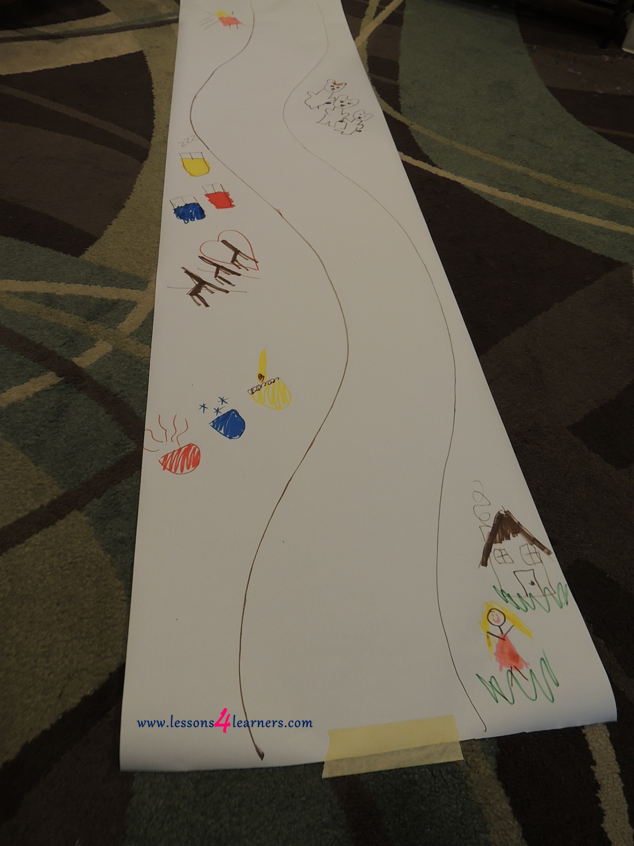Storytelling Paths
Lesson Plan:
|
Activity:
Storytelling Paths
Lesson plan developed by Ms. Erika Geelhoed, BA Ed
Age Group:
* Lesson plan objective and assessment can be adapted to use this activity with school-age children.
Objectives:
Children will:
|
|
II.6.4a
Materials:
Procedure:
|
Assessment:
- Observe and record the children’s ability to retell the fairy tale. What parts were they able to remember (characters, setting, plot, etc.)? Were they able to verbalize their thoughts clearly or did they require assistance?
Click on the course icon for enrollment information.
Why are Fairy Tales so Important to Children?
It’s no secret that young children LOVE fairy tales. Have you ever thought about why they do? Let’s look at a few reasons they are so drawn to these tales.
Fairy Tales:
Boost Imagination
In fairy tales, anything can happen. Children are transported to worlds with no boundaries or limitations.
Process Emotions
Fairy tales can help children work though conflicts and struggles going on inside them. As the characters in the story confront fears and unknown situations, children can be encouraged to do so as well.
Encourage a Love of Reading
As you read fairy tales to children, likely these stories will become some of their favorites. Children will see reading as an enjoyable experience, rather than a chore.
Teach about Decisions
Fairy tales show children that the choices we make, both wrong and right, have consequences. Not listening to her mother to not talk to strangers almost got Little Red Riding Hood eaten. Fairy tales allow children to come to these conclusions on their own, using critical thinking skills.
Introduce Different Cultures
Children can learn about where different fairy tales come from and their unique traits, while seeing that people from all parts of the world have commonalities.
Contribute to our Own Cultural Literacy
Many idioms and references in our culture come from fairy tales, such as “kissing frogs” (from The Princess and the Frog) to “lying makes your nose grow” (from Pinocchio). Without hearing fairy tales, children would have no reference point to make sense of these sayings.
Boost Imagination
In fairy tales, anything can happen. Children are transported to worlds with no boundaries or limitations.
Process Emotions
Fairy tales can help children work though conflicts and struggles going on inside them. As the characters in the story confront fears and unknown situations, children can be encouraged to do so as well.
Encourage a Love of Reading
As you read fairy tales to children, likely these stories will become some of their favorites. Children will see reading as an enjoyable experience, rather than a chore.
Teach about Decisions
Fairy tales show children that the choices we make, both wrong and right, have consequences. Not listening to her mother to not talk to strangers almost got Little Red Riding Hood eaten. Fairy tales allow children to come to these conclusions on their own, using critical thinking skills.
Introduce Different Cultures
Children can learn about where different fairy tales come from and their unique traits, while seeing that people from all parts of the world have commonalities.
Contribute to our Own Cultural Literacy
Many idioms and references in our culture come from fairy tales, such as “kissing frogs” (from The Princess and the Frog) to “lying makes your nose grow” (from Pinocchio). Without hearing fairy tales, children would have no reference point to make sense of these sayings.
“If you want your children to be intelligent, read them fairytales. If you want them to be more intelligent, read them more fairytales.”– Albert Einstein











